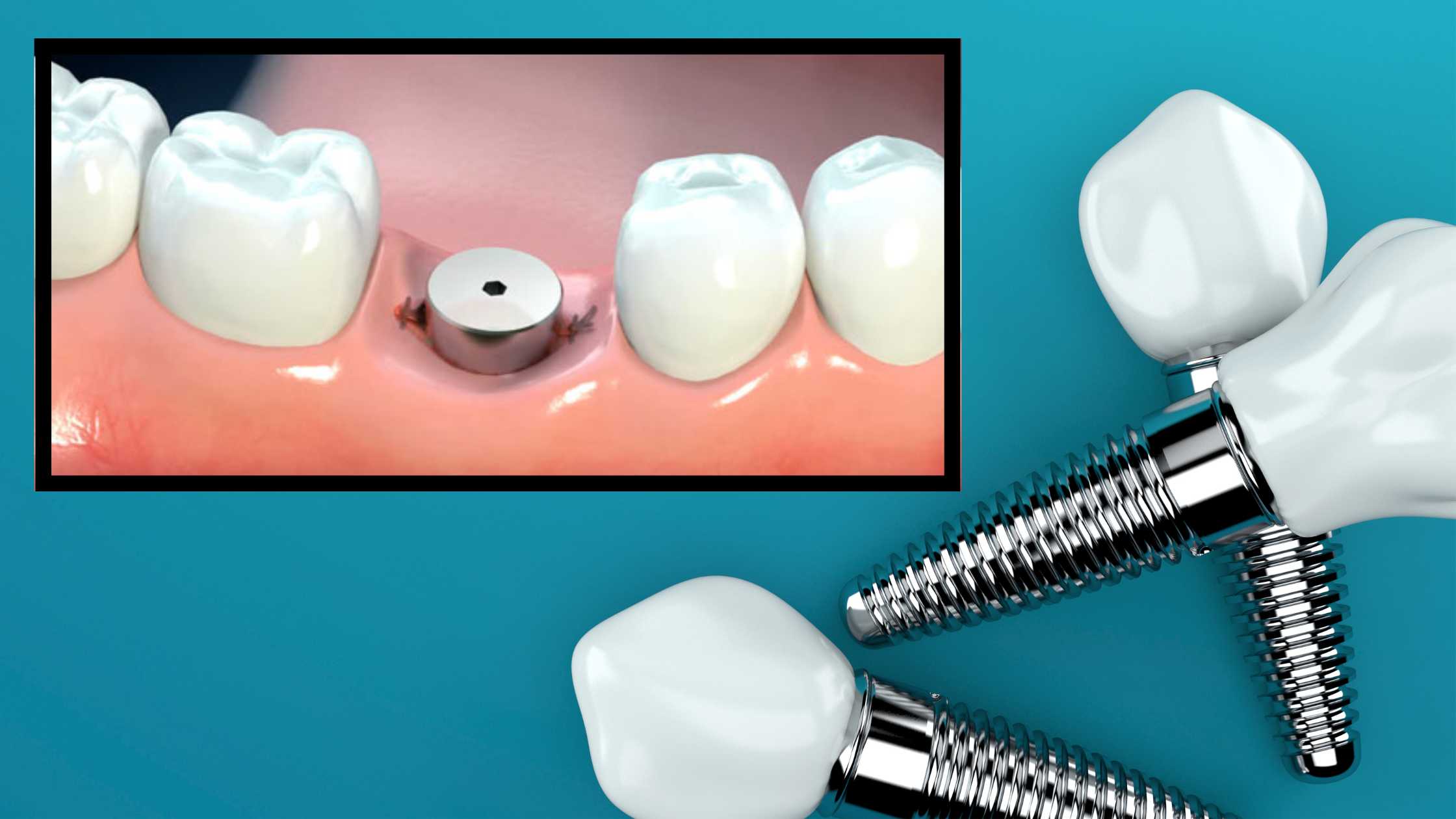
Did you ever get a dental implant and have a cap put over the area where you tooth will go while the implant is healing?
What that is an implant healing abutment, sometimes called a healing cap or gum former. It is a component used in the process of dental implant placement. The dentist or oral surgeon uses it to serve several important purposes during the healing period.
Why Dentist Place a Implant Healing Cap?
Here’s why dentists place a healing cap after a dental implant surgery:
1. Facilitates Healing: During the procedure, the dental implant is surgically placed in the jawbone. Afterward, there is a healing period required to allow the implant to integrate with the surrounding bone tissue in a process called osseointegration. The healing abutment serves to cover the top of the implant to protect the underlying surgical site. Essentially, it creates a barrier between the implant site and the rest of our mouth to prevent infection or contamination while the area heals.
2. Maintains Space: During the healing process, the cap will maintain the space needed for the placement of the prosthetic restoration. It helps to stop the gum tissue from growing over the top of the implant during the healing process. If the gums grow over the implant, it can complicate the placement of the restoration.
3. Shapes Gum Tissue and Better Aesthetics: Usually, the dentist or surgeon will shape the healing cap to mimic the contours of a natural tooth. It helps to shape the gums to add a nice emergence profile so that when the implant abutment and crown are finished, it looks like the tooth is naturally emerges up and out from underneath the gums just like a regular, healthy tooth.
4. Facilitates Access: The healing cap provides easy access to the implant site for follow-up examinations, cleaning, and any necessary adjustments during the healing phase.
The healing cap is typically placed on the implant at the end of the surgical procedure or shortly thereafter, once the dentist is confident that the implant is stable enough to support it. After the healing period, the healing cap is replaced with the appropriate abutment, which serves as the foundation for the final prosthetic restoration.
You can find out more about the different types of dental implants.
Have a question? Reach out to us!


